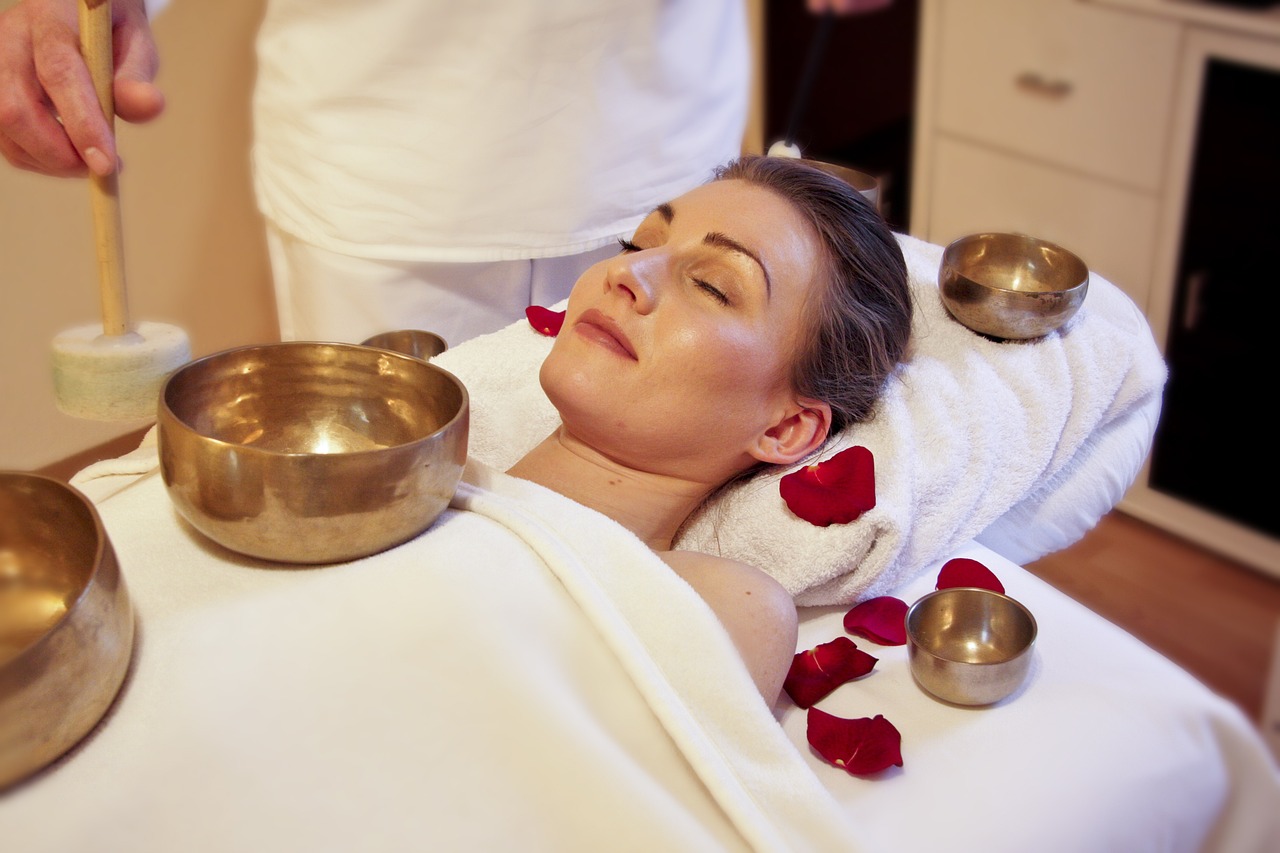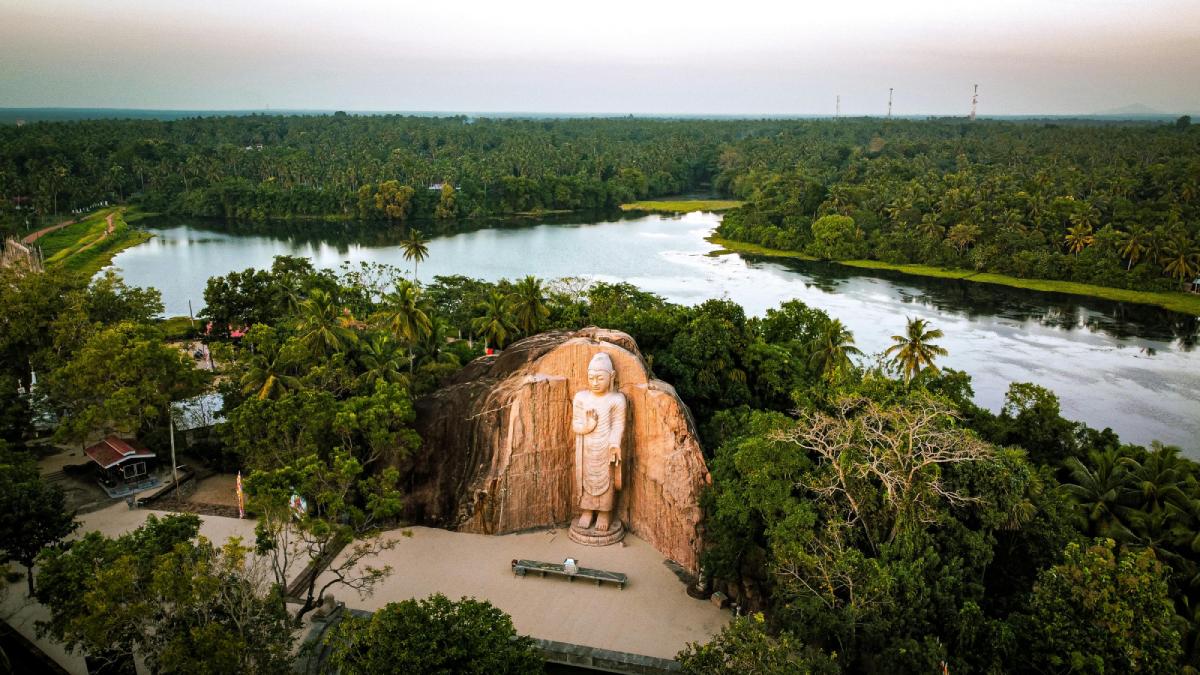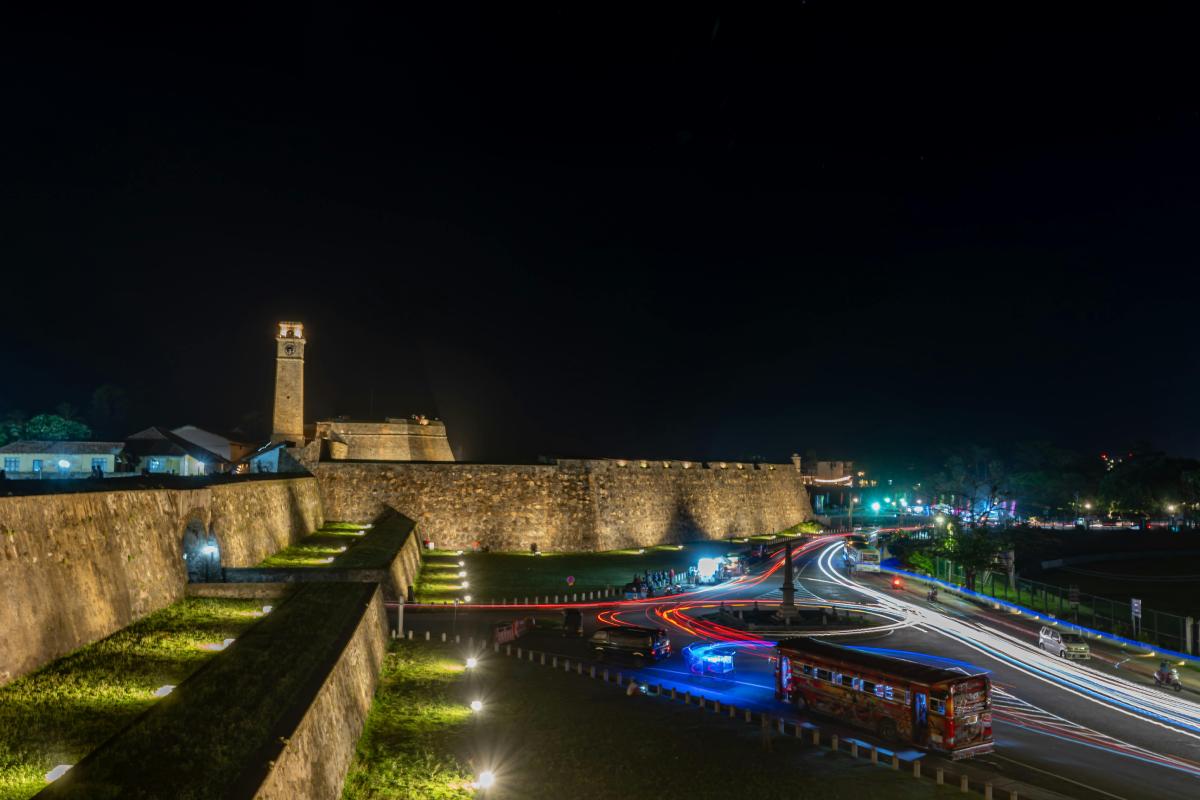In the emerald heart of the Indian Ocean lies Sri Lanka, an island nation where time-honored traditions meld seamlessly with natural beauty. Among its most precious cultural treasures is the practice of Ayurveda, a holistic healing system with roots stretching back over 5,000 years. More than just a medical practice, Ayurveda in Sri Lanka represents a profound philosophy of life that continues to thrive in this tropical paradise, offering healing wisdom to both locals and international visitors seeking authentic wellness experiences.
The Ancient Roots of Sri Lankan Ayurveda
While Ayurveda originated in India, its journey to Sri Lanka began around the 3rd century BCE, coinciding with the arrival of Buddhism during Emperor Ashoka’s era. The Sinhalese kings embraced this comprehensive healing system, establishing royal Ayurvedic hospitals and educational institutions. What makes Sri Lankan Ayurveda distinctive is its evolution – flourishing independently yet parallel to its Indian counterpart for over two millennia.
The Sinhala medical texts like “Sarartha Sangrahaya” and “Yogarnavaya” document this rich heritage, showing how local practitioners adapted ancient wisdom to incorporate indigenous herbs and treatments unique to the island’s biodiversity. This syncretic approach resulted in what scholars now recognize as “Hela Vedakama” or traditional Sri Lankan medicine – a system that while fundamentally Ayurvedic, carries distinct regional characteristics developed through centuries of isolated evolution.
Historically, knowledge of healing passed through family lineages, with specialized practitioners known as “veda mahattayas” (medicine men) holding revered positions in village communities. These traditional physicians were more than medical practitioners – they were spiritual guides, botanists, and counselors who understood the intricate connections between environment, mind, and physical health.
Fundamental Principles of Sri Lankan Ayurveda
At its core, Sri Lankan Ayurveda adheres to the same foundational principles as its Indian predecessor. The practice is based on achieving balance between the three doshas (bio-energies) that constitute every individual:
- Vata (air and space elements) – governing movement, breathing, and circulation
- Pitta (fire and water elements) – controlling metabolism, digestion, and transformation
- Kapha (earth and water elements) – maintaining structure, lubrication, and stability
Sri Lankan practitioners believe that when these doshas fall out of balance – due to poor diet, stress, environmental factors, or improper lifestyle – disease manifests. Diagnosis involves determining one’s constitutional type (prakriti) and identifying imbalances (vikriti) through pulse examination (nadi pariksha), tongue analysis, facial diagnosis, and detailed questioning about lifestyle and symptoms.
What distinguishes Sri Lankan Ayurveda is its emphasis on the island’s unique botanical heritage. The country’s varied ecosystems – from coastal plains to central highlands – yield a pharmacopeia of healing plants unavailable elsewhere. These indigenous herbs form the backbone of distinctive Sri Lankan formulations that have been refined over centuries.
Signature Ayurvedic Treatments in Sri Lanka
Sri Lankan Ayurvedic centers are renowned for several specialized therapeutic approaches:
Pinda Sweda (Herbal Poultice Massage)
This signature treatment involves massaging the body with heated herbal pouches containing medicinal plants and rice cooked in milk and herbal decoctions. Particularly effective for musculoskeletal conditions, the treatment improves circulation, reduces inflammation, and alleviates chronic pain. Sri Lankan practitioners often incorporate local herbs like ranawara (Cassia auriculata) and kohomba (neem) into these pouches, enhancing their therapeutic properties.
Shirodhara
In this profoundly relaxing therapy, a continuous stream of warm herbal oil flows onto the forehead, specifically targeting the “third eye” region. Unique to Sri Lankan Shirodhara is the use of coconut oil infused with local herbs like gotukola (Centella asiatica), renowned for its mental rejuvenating properties. The treatment induces a meditative state while balancing the nervous system, addressing conditions ranging from insomnia to anxiety.
Herbal Baths (Kashaya Snanaya)
Sri Lankan Ayurveda places special emphasis on herbal baths, where patients immerse in water infused with medicinal plants appropriate for their constitution and condition. These therapeutic baths may incorporate as many as 30 different herbs, creating potent healing experiences that detoxify the skin, improve circulation, and address specific ailments.
Nasya (Nasal Administration)
This treatment focuses on clearing the passages of the head through herbal oils, powders, or smoke administered through the nasal passages. Sri Lankan practitioners have developed unique herbal formulations for nasya that address respiratory conditions common to the island’s varied climates, from coastal humidity to highland coolness.
Panchakarma: The Ultimate Purification
The crown jewel of Ayurvedic therapy, Panchakarma, finds exceptional expression in Sri Lanka’s traditional healing centers. This comprehensive detoxification program comprises five purification procedures:
- Vamana (therapeutic emesis) – particularly for kapha imbalances
- Virechana (purgation therapy) – addressing pitta disorders
- Basti (therapeutic enema) – targeting vata conditions
- Nasya (nasal administration) – for conditions affecting the head and neck
- Raktamokshana (bloodletting) – rarely practiced today except in modified forms
Sri Lankan Panchakarma programs typically span 14-28 days, beginning with preparatory procedures (snehana and swedana) that loosen accumulated toxins, followed by the primary purification methods and concluding with rejuvenative treatments (rasayana). What makes these programs distinctive is their integration with the island’s natural environment – many centers are strategically located in settings conducive to healing, from mountain retreats to coastal sanctuaries.
The Sri Lankan Herbal Pharmacopeia – Ayurvedic Healing in Sri Lanka
The island’s extraordinary biodiversity provides Ayurvedic practitioners with a unique botanical arsenal. Several plants have achieved particular prominence in Sri Lankan formulations:
Gotukola (Centella asiatica) – Revered as a brain tonic and rejuvenator, this herb grows abundantly in Sri Lanka’s wet zones and forms the base of many traditional preparations for memory enhancement and longevity.
Binkohomba (Munronia pinnata) – An endemic species used for fever reduction and liver protection, this rare plant represents an example of Sri Lanka’s contribution to the global Ayurvedic pharmacopeia.
Venivel (Coscinium fenestratum) – This climbing plant produces a distinctively yellow stem with powerful antimicrobial properties, used in traditional formulations for diabetes and skin conditions.
Iramusu (Hemidesmus indicus) – A potent blood purifier and cooling herb that grows throughout the island, used extensively in treatments for inflammatory conditions.
Sri Lankan practitioners combine these indigenous herbs with classical Ayurvedic plants to create unique formulations. Traditional preparation methods follow stringent guidelines, with many medicines requiring precise timing aligned with astronomical calculations, specific heating techniques, and carefully measured ingredients.
Modern Ayurvedic Practice in Sri Lanka
Today’s Ayurvedic landscape in Sri Lanka presents a fascinating blend of tradition and innovation. The government-supported Institute of Indigenous Medicine at the University of Colombo offers formal education in Ayurveda, alongside several other specialized institutions producing qualified practitioners who receive training in both traditional methods and modern scientific understanding.
The Sri Lankan Ministry of Health maintains a dedicated department for indigenous medicine, running over 100 government Ayurvedic hospitals across the island. These complement numerous private clinics and wellness centers catering to both local patients and international health tourists.
Several developments characterize modern Sri Lankan Ayurveda:
Scientific Validation
Research institutions like the Bandaranaike Memorial Ayurvedic Research Institute conduct scientific studies to validate traditional formulations. Recent research has identified active compounds in Sri Lankan herbs that show promise for conditions ranging from diabetes to cancer, bringing global attention to the island’s botanical heritage.
Sustainable Cultivation
Facing threats to wild plant populations, Sri Lanka has initiated large-scale cultivation programs for endangered medicinal species. Organizations like the Department of Ayurveda maintain medicinal plant gardens that serve both conservation and educational purposes, ensuring these botanical treasures remain available for future generations.
Health Tourism
Sri Lanka has emerged as a premier destination for Ayurvedic wellness tourism, with specialized resorts offering authentic treatments in paradisiacal settings. What distinguishes these experiences from similar offerings elsewhere is their authenticity – many centers employ traditionally trained practitioners and prepare medications on-site using time-honored methods.
These wellness retreats range from luxury coastal resorts to mountain sanctuaries, each leveraging its unique microclimate for enhanced healing effects. Programs typically combine treatments with yoga, meditation, and specialized diets, creating comprehensive wellness experiences that attract visitors from around the world.
Daily Ayurvedic Wisdom in Sri Lankan Culture
Beyond formal medical applications, Ayurvedic principles permeate everyday Sri Lankan life. Traditional kitchens function as home pharmacies, with culinary spices serving dual roles as flavorings and medicines. Turmeric, coriander, fenugreek, and dozens of other everyday ingredients are understood not just for their taste but for their specific health properties.
Seasonal adjustments to diet and lifestyle follow Ayurvedic recommendations – during the hot season, cooling foods predominate, while warming preparations increase during rainy periods. This natural rhythm connects Sri Lankans to both ancient wisdom and the island’s particular climatic patterns.
Preventative practices like oil pulling (kavala), regular oil massage (abhyanga), and seasonal purification have remained integral to many families’ health routines, particularly in rural areas where traditional knowledge remains strongest. These simple yet effective practices represent Ayurveda’s emphasis on prevention over cure.
Challenges and Future Directions
Despite its cultural significance and proven efficacy, Sri Lankan Ayurveda faces several contemporary challenges:
Knowledge Erosion – As younger generations pursue modern medicine, traditional knowledge passed through family lineages risks disappearance. Efforts to document this oral wisdom have accelerated, with several institutions creating digital archives of traditional formulations.
Quality Standardization – The increased commercialization of Ayurvedic products has raised concerns about quality control. Government initiatives now enforce manufacturing standards while respected practitioners advocate for preserving traditional preparation methods.
Intellectual Property Concerns – As global interest in natural medicine grows, questions about the ownership of traditional formulations have emerged. Sri Lanka has taken steps to protect its botanical heritage through patents and geographical indications.
Despite these challenges, Sri Lankan Ayurveda continues to evolve, finding new relevance in addressing contemporary health issues. Integrative approaches combining Ayurvedic wisdom with modern medical understanding represent a promising direction, with several hospitals now offering complementary services that leverage the strengths of both systems.
Experiencing Authentic Sri Lankan Ayurveda
For those seeking authentic Ayurvedic experiences in Sri Lanka, several considerations can enhance the journey:
- Seasonality matters – Traditional practitioners recommend specific periods for treatments, with the dry season (January to March) considered optimal for panchakarma.
- Regional variations – Each region of Sri Lanka has developed specialized approaches. Coastal areas excel in treatments for respiratory conditions, while highland centers offer distinctive approaches to joint and rheumatic problems.
- Time commitment – Authentic Ayurvedic programs require adequate duration; meaningful healing experiences typically require at least 7-14 days.
- Practitioner credentials – Qualified physicians will have formal training from recognized institutions and extensive practical experience.
Conclusion
In a world increasingly recognizing the limitations of solely symptom-focused healthcare, Sri Lankan Ayurveda offers a profound alternative – a holistic system that addresses the root causes of disease while honoring the interconnection between individual wellbeing and environmental harmony. The island’s unique botanical heritage, combined with millennia of refined practice, creates healing experiences that transcend mere medical treatment to encompass spiritual rejuvenation.
As Sri Lanka continues navigating between preservation of ancient wisdom and integration with contemporary healthcare needs, its distinctive Ayurvedic tradition stands as both a national treasure and a gift to global wellbeing. For those fortunate enough to experience these healing arts in their authentic setting, Sri Lankan Ayurveda offers not just temporary relief but potentially life-transforming wisdom – ancient knowledge finding new expression in our modern world.


